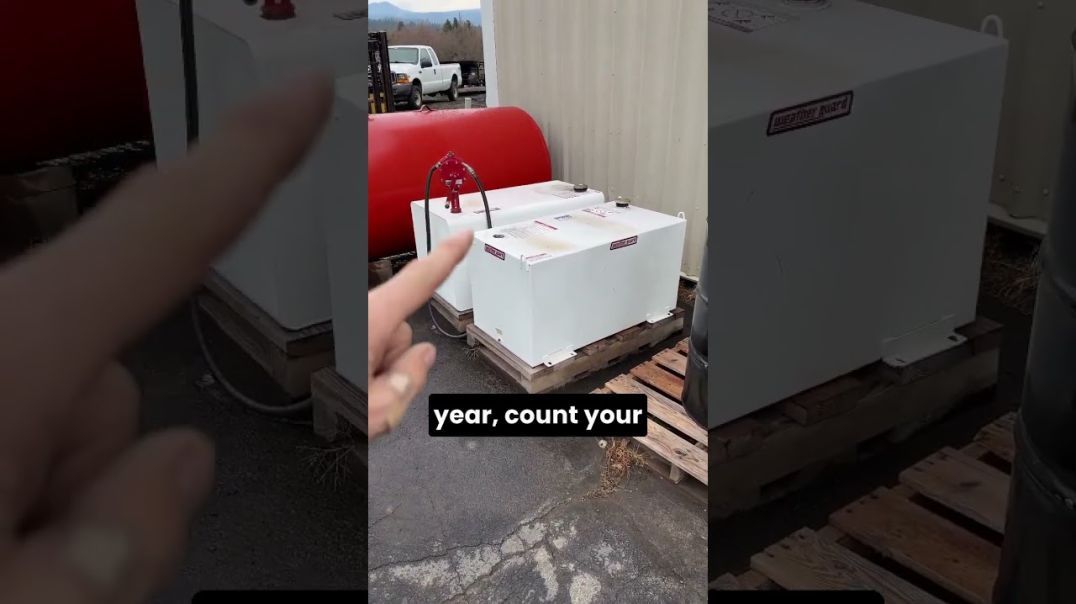close
Dear Creators, we are proud to announce an amazing affiliate program for you to earn some serious and continual cash. Read about our affiliate progarm here.
Caros criadores, temos o orgulho de anunciar um incrível programa de afiliados para vocês ganharem muito dinheiro de forma contínua. Leia sobre nosso programa de afiliados aqui.
How to Determine Why the Titan Imploded (a lead in)
28 Views
• 06/25/23
2
0
Embed
Download























SORT BY-
Top Comments
-
Latest comments
When it went >pop< at 3500 meters below the ocean surface, and 500 meters above the Titanic, at 4000 meters....
The stats.
Depth
3500 m
11482.94 ft
1913.61 fathom
Pressure
35133.3 kPa
351.33 bar
346.74 atm
5095.65 psi
1 year ago
squished like a crushed popcan...
the simplest way to tell why is woke lol
1 year ago
1 year ago
1 year ago
1 year ago
1 year ago
1 year ago
1 year ago
1 year ago